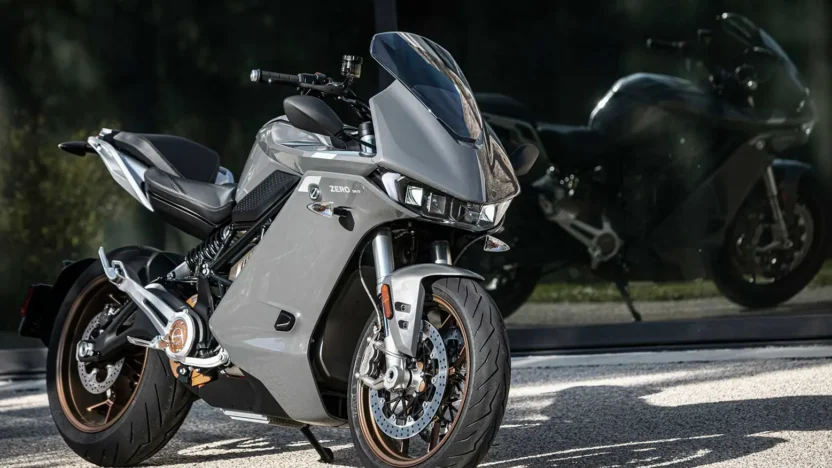As we progress into the decade, 2025 is proving to be a turning point for green mobility, and electric bikes are leading the charge. Once seen as niche or overly expensive, e-bikes are now a mainstream solution for commuting, weekend rides, and sustainable living. With rising fuel prices, increased government incentives, and significant innovations in battery and motor technology, 2025 is the ideal year to make the switch.
This blog explores why now is the best time to embrace electric biking. For those eyeing high-performance models like the Zero SR/S and Talaria Sting, we’ll highlight the key mistakes to avoid during the buying process.
Why Electric Bikes Are the Smart Choice in 2025
Unmatched Convenience for Urban Commuting
E-bikes are transforming the way people move through congested cities. With more dedicated bike lanes, reduced congestion zones, and public charging facilities, electric bikes offer a faster, more flexible commute—especially in places like London, Manchester, or Birmingham.
In 2025, many employers will support cycle-to-work schemes that include electric bikes, making cycling more affordable than ever.
Cost-Efficient Compared to Cars or Public Transport
Public transport, though reliable, adds up quickly. An electric bike, by comparison, can cost as little as £0.01 per mile in electricity.
Eco-Friendly Transport
2025 is all about sustainability. Governments and councils across the UK and Europe are rewarding low-emission transport options. Switching to an e-bike drastically reduces your carbon footprint, contributing to cleaner air and greener cities. Some councils offer rebates or grants on e-bike purchases, particularly if you’re trading in a car.
Advancements in Battery & Motor Technology
Today’s electric bikes are faster, lighter, and more efficient. In 2025, most e-bikes can deliver up to 60-100 miles per charge, with integrated display systems, regenerative braking, and fast-charging batteries. This level of performance makes e-bikes ideal for leisure, serious commuting, and even rural travel.
Spotlight on Performance: Zero SR/S and Talaria Sting
For riders looking for serious power and road presence, the Zero SR/S and Talaria Sting are standout choices in the electric motorbike and hybrid e-bike segment. However, buying these high-performance machines isn’t as simple as picking a model based on specs. Here’s what to avoid:
Mistakes to Avoid When Buying the Zero SR/S:
Mistake 1: Ignoring Charging Infrastructure
The Zero SR/S is a high-performance electric motorcycle built for range and speed. However, it also requires access to Type 2 or Level 2 charging stations for efficient charging. Some buyers mistakenly assume home sockets are enough, only to be frustrated by long charging times.
Solution:
Install a Level 2 home charger and map public stations using apps like Zap-Map or PlugShare.
Mistake 2: Underestimating Insurance Costs
Although electric, the SR/S is still classified as a motorcycle, and insurance premiums can be higher than expected, especially for younger or first-time riders.
Solution:
Get quotes in advance from insurers that specialise in electric motorcycles.
Mistake 3: Skipping the Riding Experience
The Zero SR/S offers smooth, quiet acceleration unlike any petrol bike. However, some riders struggle to adapt to the lack of gear shifting or engine noise, so test rides are essential.
Solution: Take at least one extended ride to get a feel for throttle response and balance.
Mistakes to Avoid When Buying the Talaria Sting
The Talaria Sting is a powerful, lightweight electric dirt bike that appeals to off-roaders and city stunt riders alike.
Mistake 1: Using It Where It’s Not Legal
Many new owners don’t realise that the Talaria Sting, in some configurations, is not road legal out of the box. Using it on public roads without proper licensing or registration can lead to hefty fines or confiscation.
Solution:
Verify if you’re buying the L1E road-legal version, and ensure it’s insured and appropriately registered.
Mistake 2: Neglecting Battery Management
The Talaria Sting has a high-powered battery, but misuse, such as overcharging, improper storage, or riding in extreme conditions, can significantly reduce its lifespan.
Solution:
Stick to recommended charging protocols, avoid full discharges, and store the bike in a dry, moderate environment.
Conclusion: 2025 Is Your Year to Go Electric:
Whether you’re looking to reduce commuting stress, save on travel costs, or embrace a greener lifestyle, 2025 offers the perfect opportunity to switch to an electric bike. The infrastructure is in place, the technology is mature, and the incentives are better than ever.
For those with a taste for performance and innovation, the Zero SR/S and Talaria Sting stand out—but only if you approach your purchase wisely. So, whether you’re a city commuter or weekend thrill-seeker, there’s never been a better time to ride electric.



